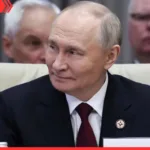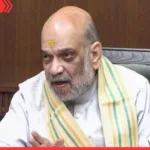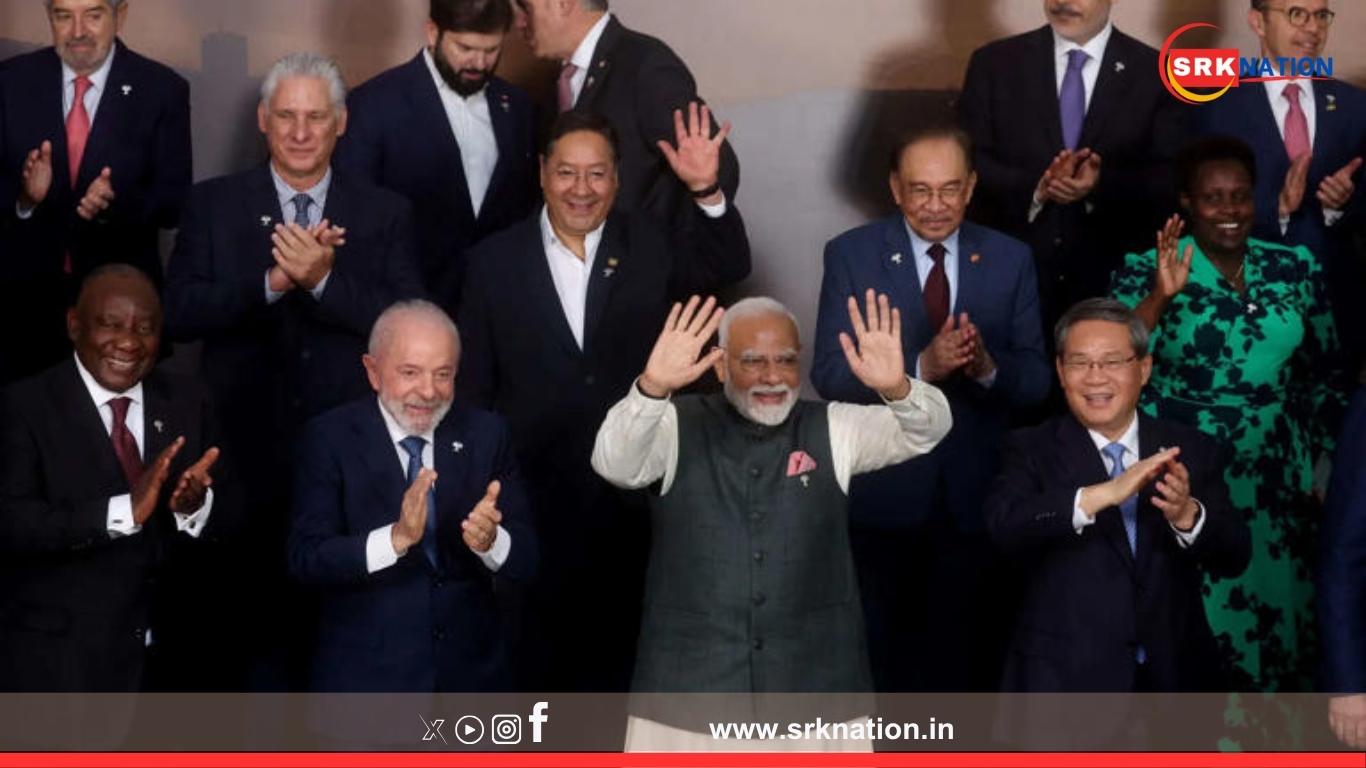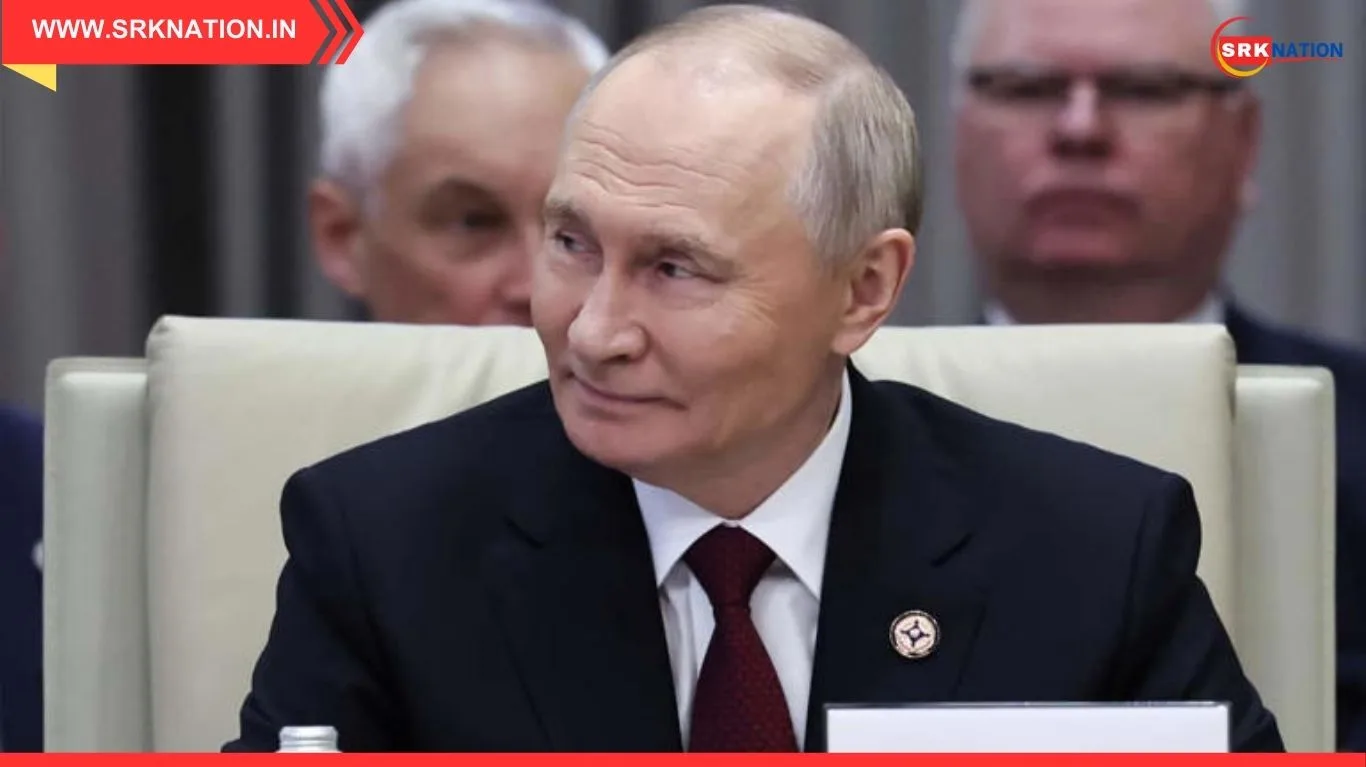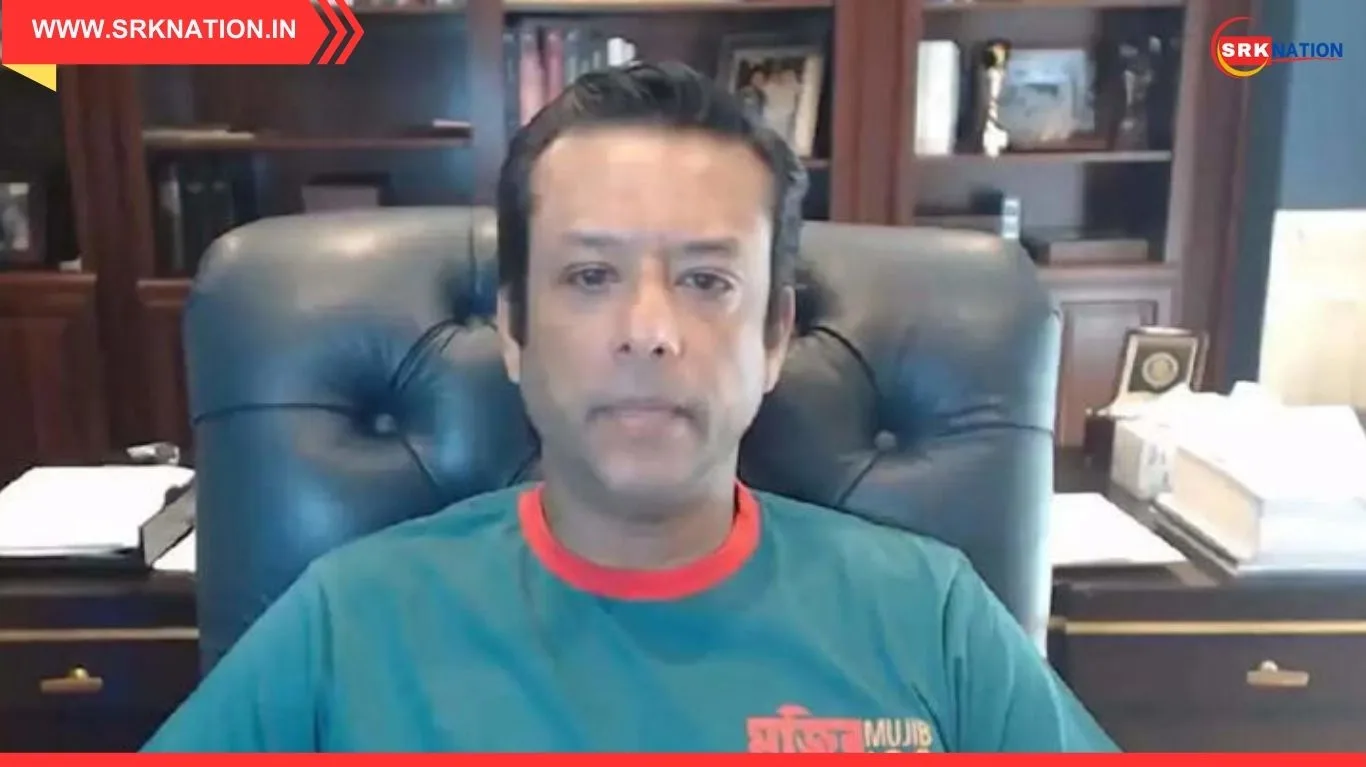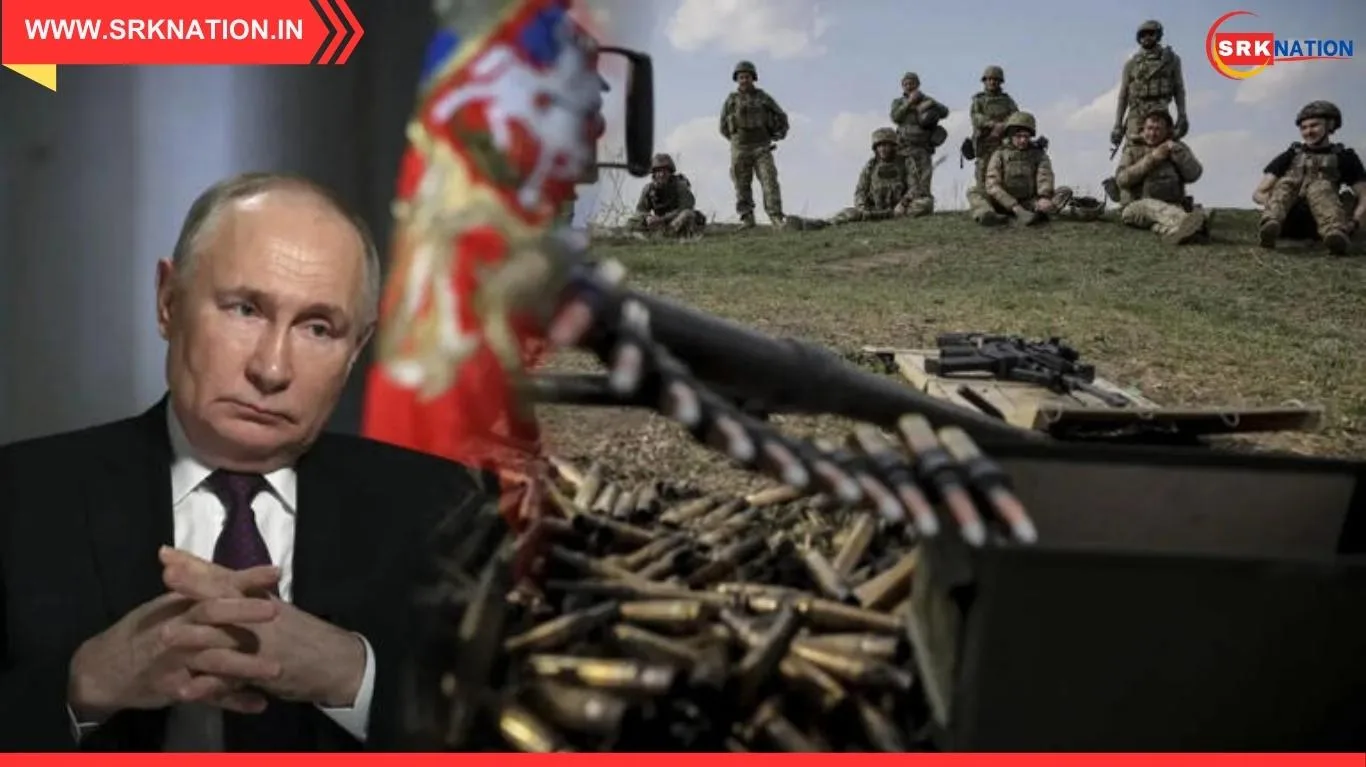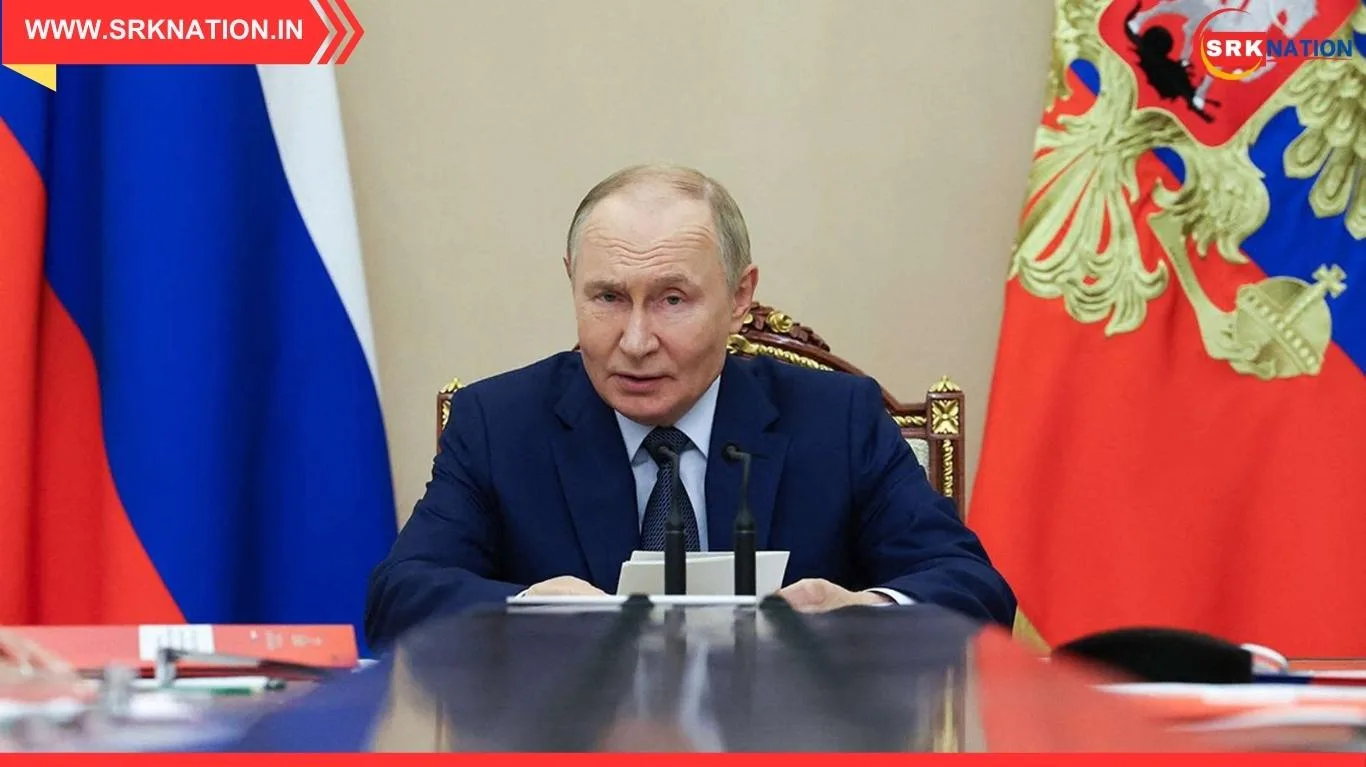With President Donald Trump’s administration planning fresh rounds of tariffs on steel, autos, and electronics imports, emerging economies across Asia, Africa, and Latin America are accelerating efforts to deepen trade and investment ties among themselves to mitigate risks of a global trade slowdown.
The proposed tariff hikes, ranging between 10% to 25%, threaten export-dependent growth models of countries like India, Brazil, Vietnam, Thailand, and Indonesia. Economists warn that renewed trade tensions will dent global growth forecasts just as several developing economies struggle with rising debt and currency volatility.
Why Are Emerging Economies Turning To Each Other?
- Diversification Of Export Markets
Heavy dependence on the US and EU markets has long been seen as a vulnerability. South-South trade is emerging as a strategic hedge. - Growing Consumption Base In The Global South
Rising middle-class incomes in Asia, Africa, and Latin America are driving demand for consumer goods, electronics, processed food, and digital services within the Global South itself. - Push For Local Currency Settlements
Amid dollar volatility, countries such as India, Brazil, Indonesia, and the UAE are exploring bilateral trade settlements in local currencies to reduce forex risks. - Shared Infrastructure Goals Under BRICS And G20
Multilateral platforms are focusing on financing cross-border transport corridors, digital connectivity, and energy transition initiatives linking emerging markets.
Recent South-South Trade Initiatives
| Country/Bloc | Initiative | Details |
|---|---|---|
| India-Brazil | Tech & defence collaboration | Agreement on semiconductors, aviation maintenance, and green hydrogen research signed on BRICS sidelines |
| ASEAN | RCEP+ integration | Proposals to expand supply chains to South Asia and Africa to reduce US-China exposure |
| African Union | AfCFTA operationalisation | Pan-African free trade agreement implementation to boost intra-African trade by 52% by 2030 |
| GCC-ASEAN | Trade corridor talks | Fast-tracked agreements on food security, petrochemical supply, and digital trade facilitation |
| BRICS Bank | Infrastructure funding | Approval of $4.5 billion for renewable energy and transport connectivity projects across member states |
Indian Response: Focus On South-South Partnerships
India has stepped up its South-South engagements amid tariff threats, seeking deeper trade and investment links with African and Latin American nations to:
- Expand export markets for pharmaceuticals, engineering goods, auto components, and digital services.
- Secure critical minerals such as lithium and cobalt for energy transition goals.
- Build alliances within BRICS and G20 to counter protectionist trends in Western markets.
Commerce Minister Piyush Goyal, speaking at a recent FICCI conference, said:
“We are focusing on markets that offer stability and mutual respect. South-South trade and investment is our priority to insulate India’s growth story from geopolitical shocks.”
China’s Belt And Road 2.0 Vs. India’s Global South Push
While China continues to consolidate influence through Belt and Road 2.0 investments in Africa and Latin America, India is positioning itself as a development partner without debt traps, offering digital public goods (DigiYatra, Aadhaar stack), low-cost vaccines, and solar projects to emerging partners.
Analysts note that competition for market access and political influence within the Global South is intensifying:
| Country | Key Strategy |
|---|---|
| China | Infrastructure loans, minerals-backed investments, digital payments infrastructure |
| India | Capacity building, digital public infrastructure, pharmaceutical exports, defence partnerships |
| Brazil | Agro exports, clean energy leadership |
| South Africa | Pan-African manufacturing hub ambitions |
Impact Of US Tariffs On Emerging Economies
- Commodity Exports To Be Hit
Steel, aluminium, and petrochemical exporters such as India, Brazil, and UAE will face margin pressures due to reduced competitiveness in the US market. - Currency Volatility Likely
Strengthening dollar amid tariffs could put pressure on emerging market currencies, increasing debt servicing costs. - Trade Diversion Opportunities
Some countries may benefit from supply chain re-alignments as firms seek tariff-exempt markets for intermediate goods. - Investor Sentiment Caution
Rising trade barriers are likely to impact FDI flows into export-led manufacturing sectors across Asia and Africa.
BRICS And G20: Platforms For South-South Trade Push
The recent BRICS Summit in Rio and upcoming G20 Trade Ministers’ Meet in New Delhi are expected to focus on:
- Building alternative payment platforms to SWIFT.
- Reducing non-tariff barriers among developing economies.
- Co-financing green energy transitions and digital inclusion programmes.
BRICS Sherpa for India, Dammu Ravi, stated:
“In a protectionist world, developing countries must support each other through preferential market access, supply chain integration, and technology transfer.”
Trade Economists’ View
| Economist | Observation |
|---|---|
| Dr. Rajiv Biswas, Asia Economist | South-South trade offers medium-term resilience but infrastructure bottlenecks remain a barrier. |
| Carla Dias, Brazilian Trade Strategist | Latin America needs to leverage India and ASEAN consumer markets to reduce dependence on China and the US. |
| Samir Saran, ORF President | Digital public infrastructure and fintech will be the new pillars of South-South cooperation. |
Conclusion: Resilience Through Collaboration
As the world heads towards another phase of trade fragmentation, emerging economies are learning from past shocks to build resilience through intra-Global South collaboration. Experts emphasise that to sustain growth momentum and counter Western protectionism, countries must:
- Invest in regional infrastructure and logistics efficiency.
- Negotiate currency swap agreements to stabilise trade flows.
- Develop integrated digital platforms for trade finance and supply chain management.
While the final contours of President Trump’s tariff decisions remain to be seen, it is clear that emerging economies are no longer waiting for traditional powers to set the rules. Instead, they are forging a parallel ecosystem of trade, finance, and technology flows to keep their growth engines running.
Disclaimer: This news article is based on economic policy discussions, trade data, and summit outcomes as of publication. Readers are advised to follow official trade ministry and multilateral bloc releases for subsequent updates and formal agreements.



